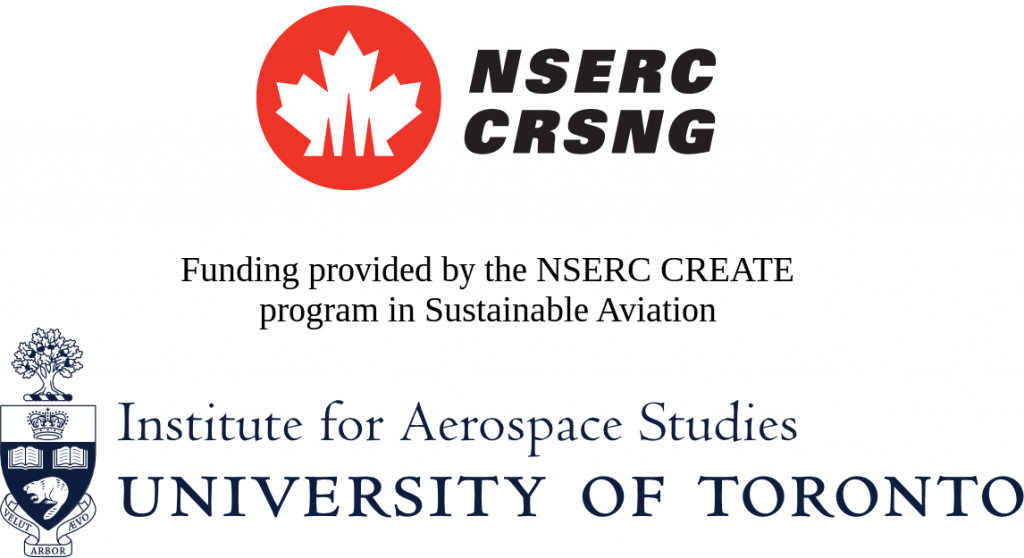The environmental effects of commercial aviation span the scales of space and time: the impacts may be local or global, temporary or long-lasting. Areas near airports are subject to noise pollution during takeoff and landing. Manufacturing and operating aircraft demand materials, energy and resources. Disposal of old aircraft generates waste that must be recycled or sent to landfill. The emissions created by burning jet fuel cause air pollution and, over decades, climate change: commercial aviation produces 4.9% of the total human contribution to global warming. The International Air Transport Association (IATA) has targeted the stabilisation of net carbon emissions from the aviation industry by 2020, with a long-term goal of 50% reduction by 2050 compared to 2005 levels.
This is a very difficult challenge: according to the International Civil Aviation Organization (ICAO), in 2010 airlines carried 2.3 billion passengers and 38 million tonnes of cargo. This consumed 187 million tonnes of fuel. Between now and 2036, passenger traffic is expected to increase by 4.8% annually, and fuel consumption by between 2.4% and 3.5% per year. Given these statistics, it is essential that major technological changes be developed and implemented to reach the IATA targets.
As a result, many countries are looking for means to abate emissions from commercial aviation. For instance, the 2020 and 2050 Visions of the Advisory Council for Aeronautics Research in Europe (ACARE) pledge similar targets to those set by IATA, leading to multi-billion-euro research and technology initiatives, such as the Strategic Research Agenda (SRA) and CleanSky, designed with the goal of “Bringing Sustainable Air Transport Closer”. As recognised by ACARE, “aviation must bring about step changes in technology and operational procedures on top of currently available solutions, to improve its environmental performance by keeping total climate effects at sustainable levels.” This means that profound advances in the design and operation of modern aircraft are necessary.
In order to meet these challenges and to remain globally competitive, the Canadian aeronautics industry has created its own green aviation initiatives through the Canadian Aviation Environmental Working Group (CAEWG), the Canadian Aerospace Environmental Technology Road Map (CAETRM) and the Green Aviation Research and Development Network (GARDN), a Business-Led Network of Centres of Excellence. Given the importance of the aerospace industry in Canada, which employs 80,000 highly skilled Canadians and generates $23.6 billion in revenue, these are crucial initiatives.
The goals of the UTIAS programs in Sustainable Aviation are to educate a new generation of scientists and engineers with the interdisciplinary skills to contribute to sustainable aviation and, simultaneously, to perform world-leading research into the technologies necessary to make airplanes that are environmentally friendly.

